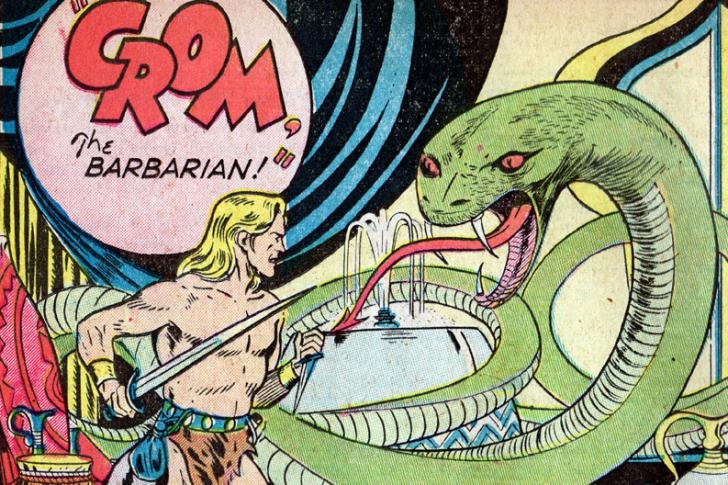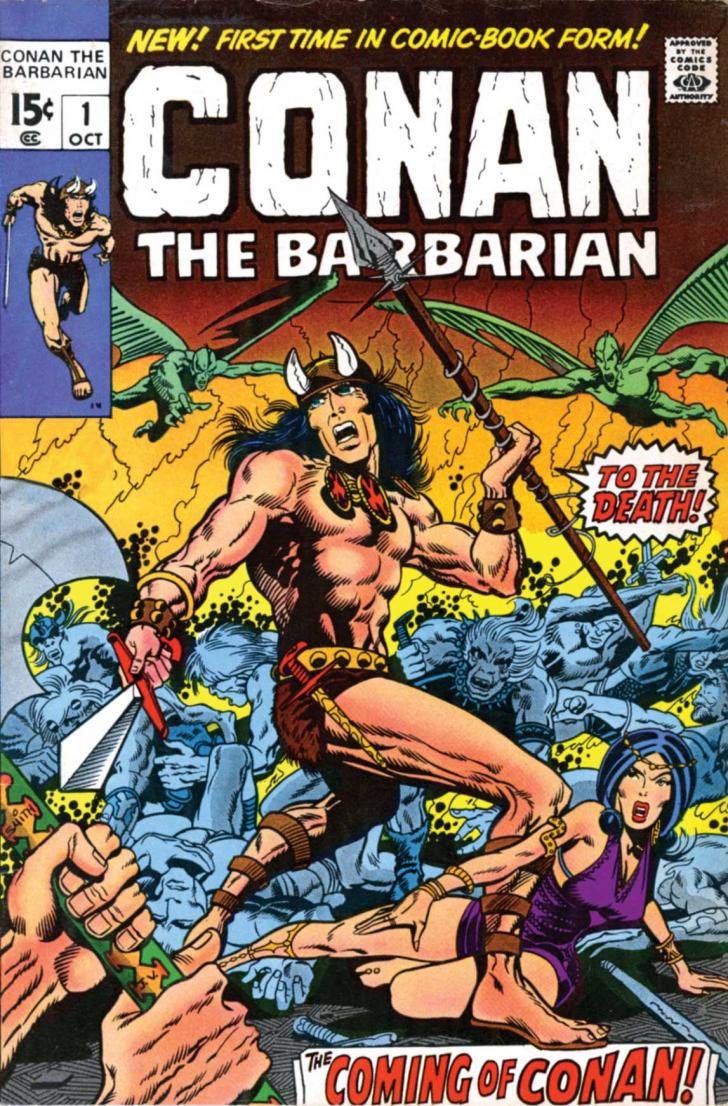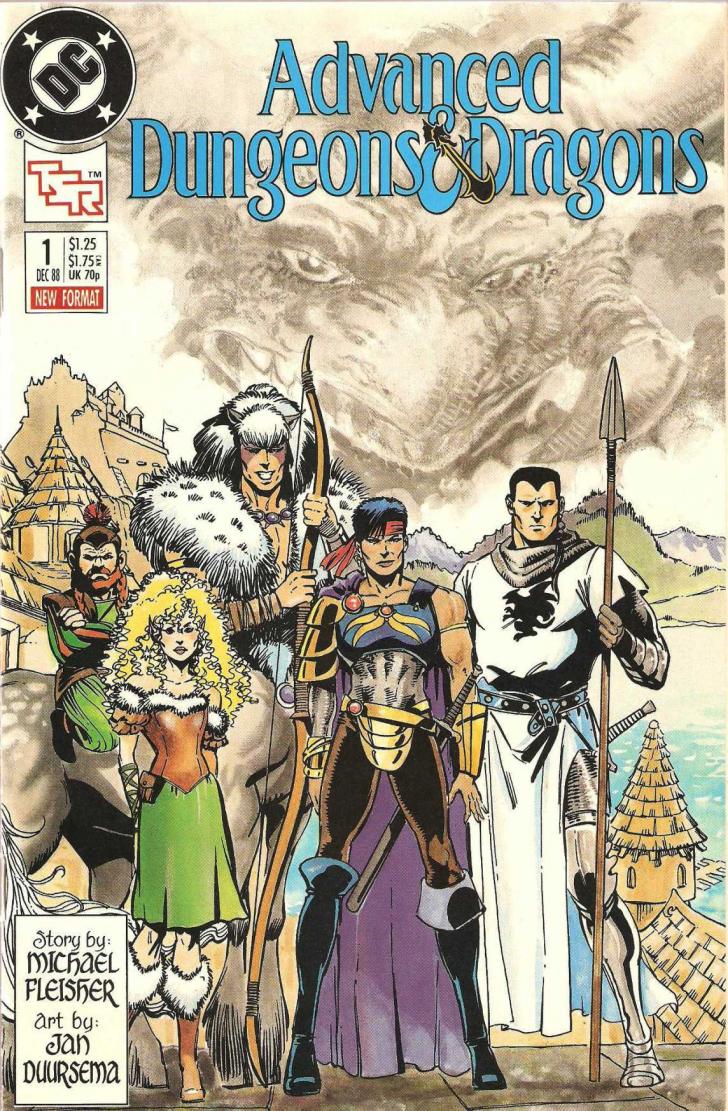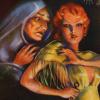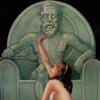Fantasy Invades Comics
Comics are best-known as the preferred media for super heroes and their adventures. But over the decades, fantasy has managed to carve out its own niche in comics, in large part thanks to first-rate adaptations of Conan the Barbarian.
From Superman to the Shining Knight
American “comic books” – actually inexpensive stapled magazines devoted almost entirely to comics – first appeared in the mid-1930s. While many of the super heroes that made them so popular (especially Superman) were inspired by science fiction, a smaller number of them transposed magical elements from fairy tales and other traditional legends into a contemporary context. Witches, for example, showed up quite quickly. They include Zatara, who first appeared in Issue #1 of Action Comics (June 1938… the very same issue in which Superman made his début), as well as Merlin the Magician (a descendant of Merlin of Camelot), who debuted in July, 1940. There are also characters inspired by Arthur’s knights, like the Shining Knight (September, 1941) whose adventures would be drawn by Frank Frazetta for a few issues.
From the Golden Knight to Crom the Barbarian
Fantasy, which is set in totally imaginary worlds, had trouble making a place for itself in early comic books. There is really nothing to speak of, aside from a brief appearance in a series about the Golden Knight (December, 1939), a knight from the time of the Crusades who is projected into an imaginary universe. Conan was the only pulp fiction fantasy tale that inspired adaptations. His adventures were imitated, first in Gardner Fox’s short-lived series about the hero Crom the Barbarian (1950), then, in Mexico, in Cuentos de Abuelito (“Granddad’s Tales,” 1952) and La Reina de la Costa Negra (The Queen of the Black Coast).
The Boom in the 1970s
Fantasy’s breakthrough came about in the early 1970s. Thanks in particular to new editions of the adventures of Conan the Barbarian, illustrated by Frank Frazetta (from 1966), interest in the genre began to grow on college campuses. Having noticed that, comic-book publishers rushed in to devote whole series to Robert E. Howard’s hero. Marvel published the first issue of Conan the Barbarian in October, 1970. It was followed in short order by series based on other characters drawn from the same oeuvre: (e.g. Kull the Conqueror en 1971), versions of Conan’s adventures intended for older readers (The Savage Sword of Conan, 1974), and imitations produced by competing publishing houses: Sword of Sorcery (1973) turned both Fafhrd and the Gray Mouser, created by Fritz Leiber in 1939, and Claw the Unconquered (1975) into comics.
From Role-Playing Games to Comic Books
From that point on, fantasy became more and more common in comic books. The work of other authors – such as Michael Moorcock and J.R.R. Tolkien – was adapted into comic-book format. At the same time, role-playing games (like Advanced Dungeons & Dragons, in 1988), and later, video games, inspired numerous series that raised awareness of those magical worlds for an essentially very young readership. By the late 1980s, fantasy had established a firm foothold in the super-heroes’ world. That paved the way for series based on the card game Magic: The Gathering (1995) and the MMORPG World of Warcraft (2008).
